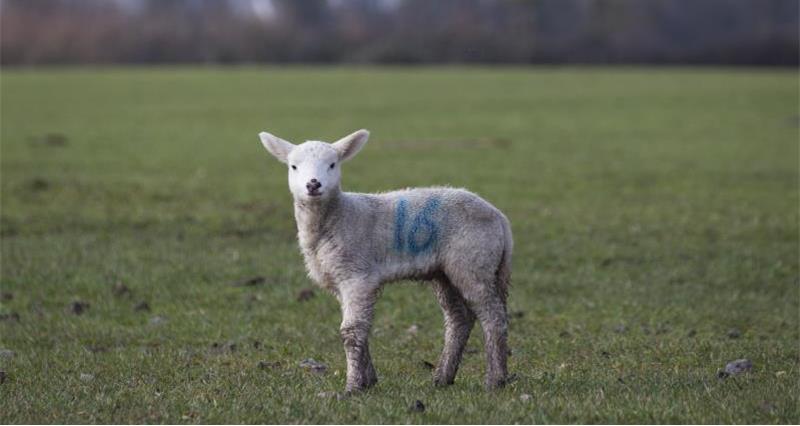In the cooler regions of the UK temperatures have yet to reach the threshold so farmers in these areas need to watch the forecast carefully.
View the nematodirus risk map here
Lesley Stubbings of SCOPS says: “This year has been very different. The warm spell in February put early-born lambs at risk and many farmers had to treat earlier than normal. And then, as predicted, we also saw risk levels rise again after the cold start to April. Following the free online forecast has provided a valuable guide for sheep farmers and we have had some positive feedback from users.”
A new feature on the website this year is a table that shows when each location on the map has changed colour. Ms Stubbings adds: “The historic data on the SCOPS website is a really useful tool that I recommend having a look at. In some areas the colours have gone straight to black (without turning red) which emphasises the rapid fluctuations in temperatures we have had.”
Further information
- The SCOPS Nematodirus Forecast map is updated daily using data from 140 weather stations (provided by the Met Office and DarkSky), tracking changes in risk throughout the spring and early summer. The interactive Google map allows farmers and advisers to select the nearest or most representative weather station and then provides advice on how to relate the predicted risk to their particular farm, treatment options and possible management actions. Sheep farmers should consult their vet or adviser with regard to local risks and treat lambs if they are deemed to be at risk.
Read more...
Contact the NFU Animal Health & Welfare team..
YW5pbWFsaGVhbHRoQG5mdS5vcmcudWs=
